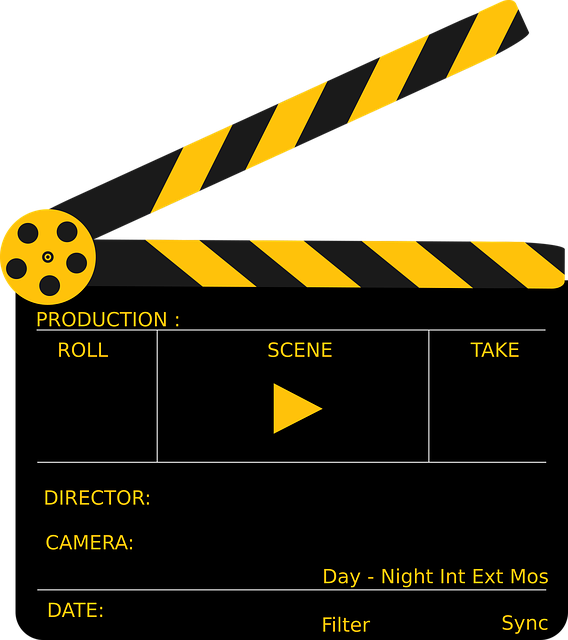Scenes set up the structural pace of your story.
Some scenes are more action driven, so they move at a faster clip. Other scenes are more reflective and move slower. Some scenes have more intensity, some have less.
Which is why you need different scene types in your story.
In this episode, we’ll explore 5 must-have scenes to include in your story.
Download as an MP3 by right-clicking here and choosing “save as.”
Episode at a glance:
[01:13] What do we mean by scene?
A scene is a self contained unit of your story. Each scene is a consequence of prior scenes so that the scenes weave together in a tapestry that makes up your plot.
[01:55] Scenes set the pace, tempo, and intensity of your story. So you want to use a variety of scene types.
[03:52] 1. Orientation Scenes
Orientation scenes come at the beginning of your story to establish your main character’s status quo. But you can also use them whenever your character passes a turning point. Orientation scenes show the contrast between your character’s old world and the new – between the familiar and the unfamiliar.
[15:52] 2. Crisis Scenes
Your main crisis scene happens at the end of Act 2, but smaller crises can happen along the way. A crisis is your protagonist’s defeat, and the antagonist’s victory.
[07:55] 3. Revelation Scenes
In these scenes, the protagonist gains insight and takes accountability for her part in what’s wrong in her life. She faces her own culpability in what’s happened to her.
[08:32] 4. Suspense Scenes
In this type of scene, there’s uncertainty about the fate or safety of a character. The antagonist is unpredictable, throwing your protagonist – and your reader – off balance.
[09:45] 5. Contemplation Scenes
These are slower, more internal scenes where the character interacts with self and the environment around him in response to what happened earlier.
[13:45] I’ll walk you through all 5 scene types with a suspense scene that leads to a crisis, then a revelation, followed by an orientation scene and finally, a contemplation scene.
Link mentioned in this episode:
Episode 193: How To Write Your First And Final Scenes
Episode 190: How To Create Page-Turning Tension
Revolutionary Road by Richard Yates
Cat’s Eye by Margaret Atwood
Rate, Review, and Follow on Apple Podcasts.
“I love Writer Unleashed!” If that sounds like you, please consider rating and reviewing my show. This helps me support more writers — just like you —to bring the story burning in their imagination onto the page. Click here, scroll to the bottom, tap to rate with five stars, and select “Write a Review.” Then be sure to let me know what you loved most about the episode!
Also, if you haven’t done so already, follow the podcast. It’s chock full of writing tips and inspiration every Tuesday. Follow now!

